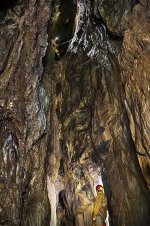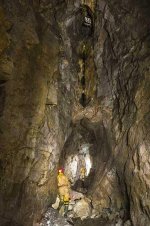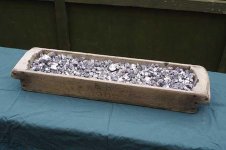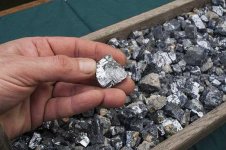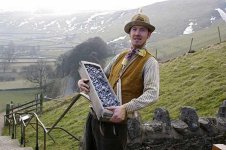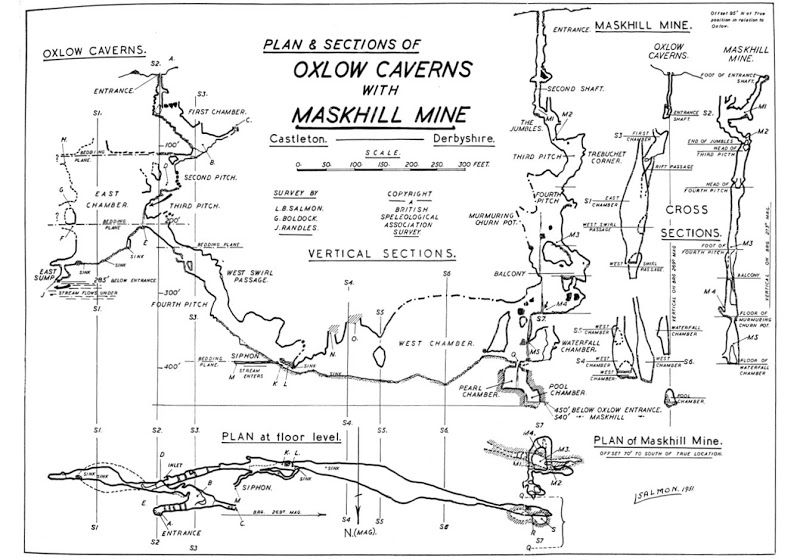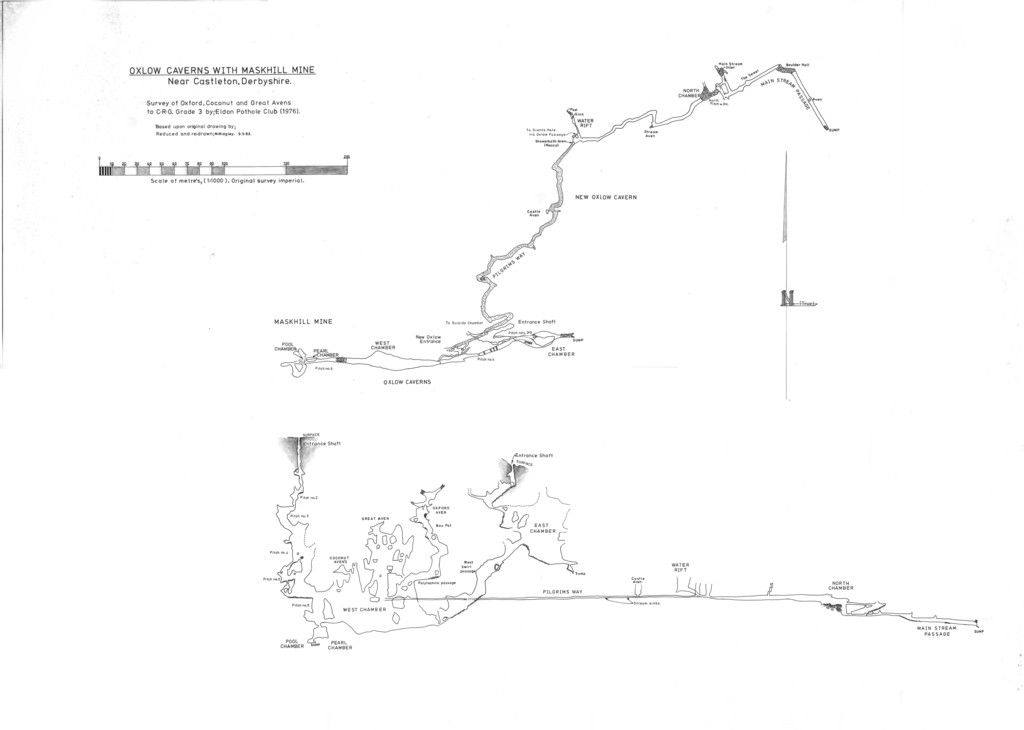adam
Member
Maskhill or Maskill - that is the question.
The two spellings seem to be used interchangeably almost everywhere I look, including the Peak District Caving Info guides and the UKCaving Wiki. I'm starting to think there's some sort of conspiracy afoot. It vexes me. I'm terribly vexed.
Can anyone shed some light on this? What does the survey say? Is the mine named after someone or something or is it a made-up word? What does the helpful direction sign on the Oxlow entrance say? What do the Derbyshire caving intelligentsia say?
The two spellings seem to be used interchangeably almost everywhere I look, including the Peak District Caving Info guides and the UKCaving Wiki. I'm starting to think there's some sort of conspiracy afoot. It vexes me. I'm terribly vexed.
Can anyone shed some light on this? What does the survey say? Is the mine named after someone or something or is it a made-up word? What does the helpful direction sign on the Oxlow entrance say? What do the Derbyshire caving intelligentsia say?



